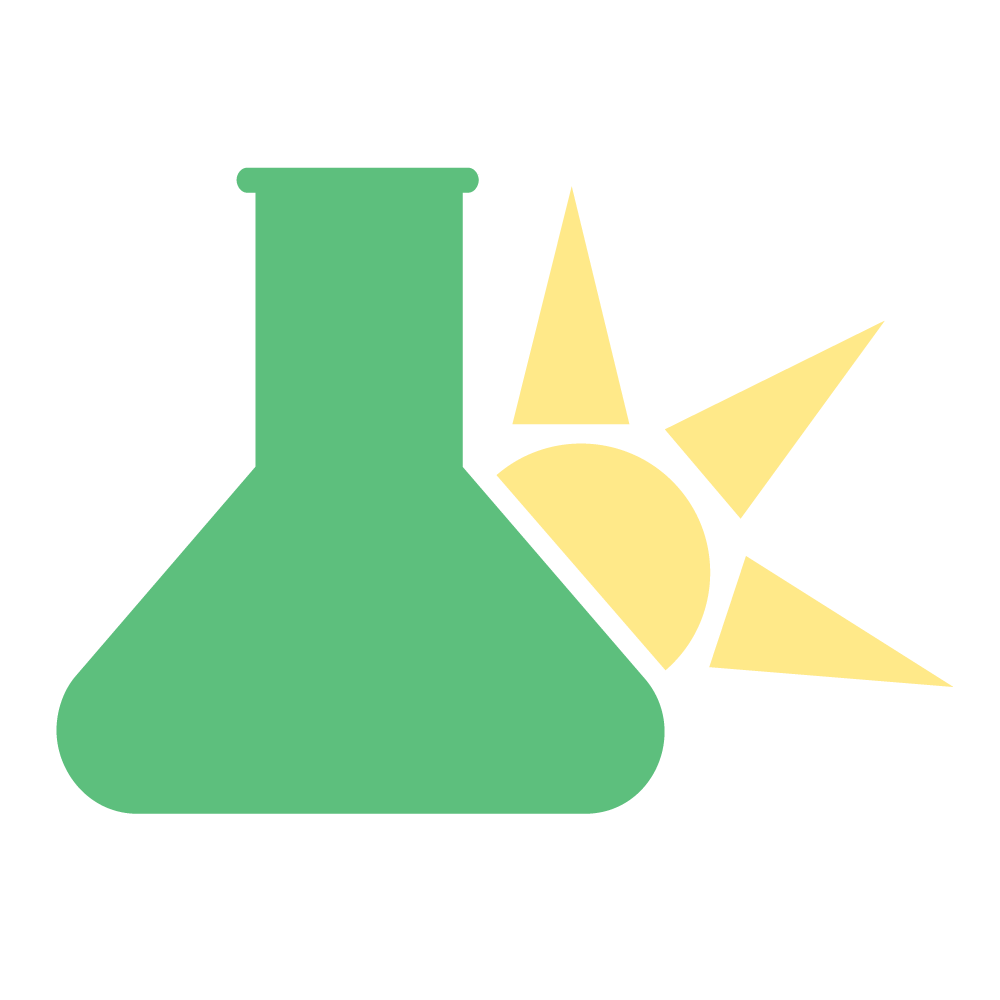What is Peony?
Peony is a common Chinese herbal medicine for treating hormone conditions in both men and women, as well as cardiovascular disease and muscle cramps. It's named after the mythological physician of the gods, Paeos, who was said to cure Pluto and other Greek gods injured during the Trojan war.
There are 3 main forms of peony in herbal medicine, tree peony, red peony, and white peony. These differentiations have nothing to do with the color of the flower, but the color of the roots after preparation. White peony is the most common, made from the roots of the plant without the bark attached. It's most commonly made from the species Paeonia lactiflora, but can be made from other species as well.
How Is Peony Used?
Peony is most commonly used for treating PMS symptoms, poly cystic ovarian syndrome (PCOS), muscle cramps, and epilepsy. It is rarely used alone, as it is thought to have stronger effects in combination with other herbs like licorice or black cohosh.
Traditional Uses:
Peony is a common herb in the traditional Chinese herbal materia medica. it's considered to be specific for the liver, providing a soothing effect on liver energy and improves overall function. It's thought to nourish the blood, and is one of the great women’s tonics, especially in combination with licorice.
Compared to Angelica sinensis, Peony is used in much the same way, however, peony is used when the condition involved "heat", while Angelica sinensis is used when the condition involves "cold".
Herb Details: Peony
Herbal Actions:
- Anti-Androgenic
- Antinflammatory
- Antispasmodic
- Aromatase Inducer
- Dopaminergic
- Nootropic
- Ovarian Tonic
- Sedative (Mild)
- Uterine Tonic
Weekly Dose
- (1:2 Liquid Extract)
25-75 mL - View Dosage Chart
Part Used
- Roots
Family Name
- Ranunculaceae
Distribution
- Originated from Southern Europe, but has spread all over the world as a decorative garden flower.
Constituents of Interest
- Paeoniflorin
- Proanthocyanidins
- Flavonoids
- Terpenoids
- Tannins
- Complex Polysaccharides
Common Names
- Peony
- White Peony
- Red Peony
- Tree Peony
- Bai Shao Yao (China)
Quality
- Cold (Slightly)
Pregnancy
- Unknown
Taste
- Bitter, sour
Duration of Use
- Long term use is acceptable.
Botanical Info:
Peony is the only member of the Paeoniaceae family. In the past it was included in the Ranunculaceae family insteat along with over 2000 other species of plants. There are roughly 33 different species of peony worldwide.
Medicinally, there are 4 main species used;
Paeonia suffruticosa (Tree peony)
Paeonia lactiflora (Chinese peony)
Paeonia veitchii (Chinese peony)
Paeonia obovata (Chinese peony)
Clinical Applications Of Peony:
Peony is useful as a smooth muscle relaxant due to its ability to interfere with acetylcholine in the neuromuscular junctions.
It's also a fairly reliable aromatase inducer, useful for improving the production of estrogen from testosterone, and E1 and E2 to 2-hydroxy catechol estrogens.
Cautions:
Caution advised in combination with blood thinners.
Recent Blog Posts:
References:
Bensky, D., Gamble, A., & Kaptchuk, T. J. (2004). Chinese herbal medicine: materia medica (Vol. 3, p. 1004). Seattle: Eastland Press.
Kimura, M., Kimura, I., Takahashi, K., Muroi, M., Yoshizaki, M., Kanaoka, M., & Kitagawa, I. (1984). Blocking effects of blended paeoniflorin or its related compounds with glycyrrhizin on neuromuscular junctions in frog and mouse. The Japanese Journal of Pharmacology, 36(3), 275-282.
Bone, K. (2003). A Clinical Guide to Blending Liquid Herbs E-Book: Herbal Formulations for the Individual Patient. Elsevier Health Sciences.
Takeuchi, T., Nishii, O., Okamura, T., & Yaginuma, T. (1991). Effect of paeoniflorin, glycyrrhizin and glycyrrhetic acid on ovarian androgen production. The American journal of Chinese medicine, 19(01), 73-78.
Grant, P., & Ramasamy, S. (2012). An update on plant derived anti-androgens. International journal of endocrinology and metabolism, 10(2), 497.













As COVID-19 continues to spread around the world, we’re getting a lot of questions on what the potential role of herbal medicine is during the outbreak. Learn how the virus works and how to limit your chances of transmission.